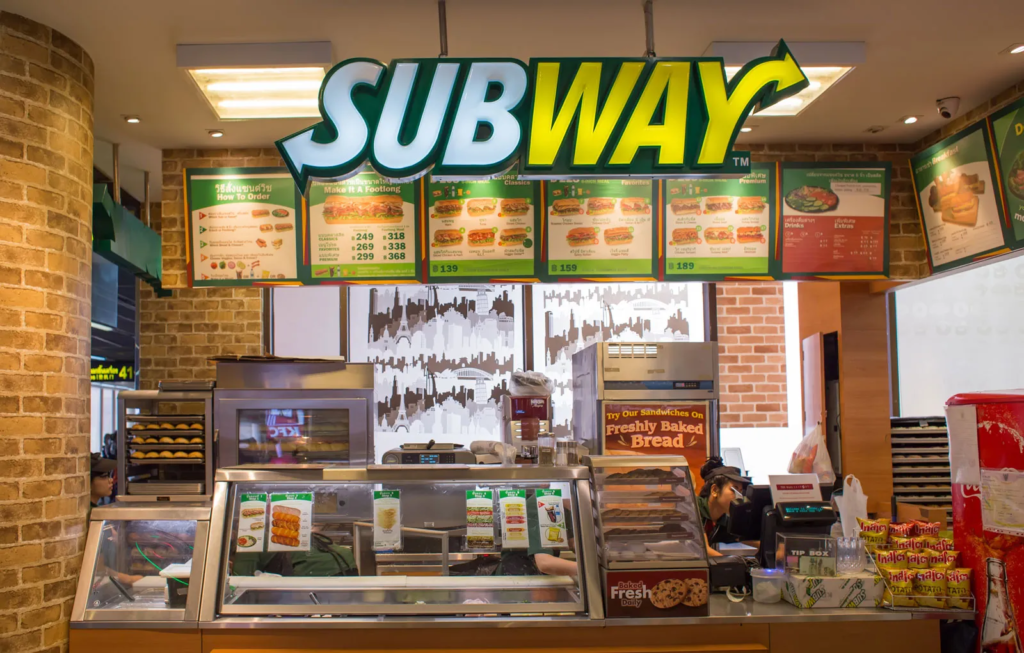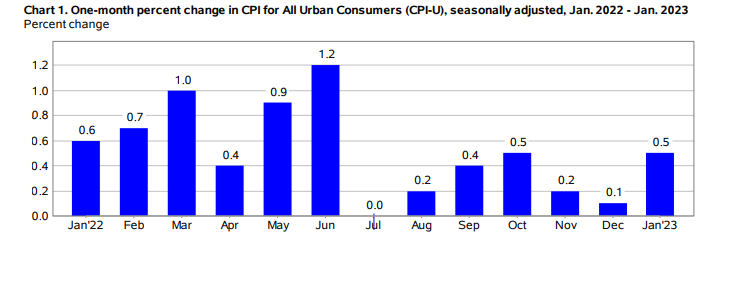The Rate of Inflation Lowered in June
From NYTimes.com
July 12, 2023
Inflation cooled significantly in June, offering some of the most hopeful news since the Federal Reserve began trying to tame rapid price increases 16 months ago — and boosting the chances that the central bank might be able to stop raising interest rates after its meeting this month.
The Consumer Price Index climbed 3 percent in the year through June, according to data released Wednesday, less than the 4 percent increase in the year through May and just a third of its roughly 9 percent peak last summer.
That overall measure is being pulled down by big declines in gas prices that could prove ephemeral, which is why policymakers closely watch a more slimmed-down version: the change in prices after stripping out food and fuel costs. That metric, known as the core index, offered news that was even better than what economists had expected.
The core index climbed 4.8 percent compared with the previous year, down from 5.3 percent in the year through May. Economists had forecast a 5 percent increase. And on a monthly basis, it climbed at the slowest pace since August 2021.
Slower inflation is unquestionably good news, because it allows consumer paychecks to stretch further at the gas pump and in the grocery aisle. And if inflation can come down sustainably without a big increase in unemployment or a painful economic recession, it could allow workers to hang on to the major gains they have made over the past three years: progress toward better jobs and pay that has helped to chip away at income inequality.
The White House, which has spent over a year on the defensive over rising prices, celebrated the fresh report, with President Biden calling the current economic moment “Bidenomics in action.” And stocks soared as investors bet that the Fed would be able to be less aggressive in its fight against inflation — even halting its interest rate increases after a final July move — in light of the new data.
“This is very promising news,” said Laura Rosner-Warburton, senior economist and founding partner at MacroPolicy Perspectives. “The pieces of the puzzle are starting to come together. But it’s just one report, and the Fed has been burned by inflation before.”
Fed officials are likely to avoid declaring victory just yet. Policymakers are still trying to assess whether the moderation is likely to be quick and complete. They do not want to allow price increases to linger at slightly elevated levels for too long, because if they do, consumers and businesses could adjust their behavior in ways that make more rapid inflation a permanent feature of the economy.
That’s why officials have signaled in recent weeks that they are likely to raise interest rates at their meeting on July 25 and 26. Policymakers had also indicated that one or more additional rate moves could be warranted after that.


